What’s the Difference Between Bump Caps, Hard Hats and Safety Helmets?
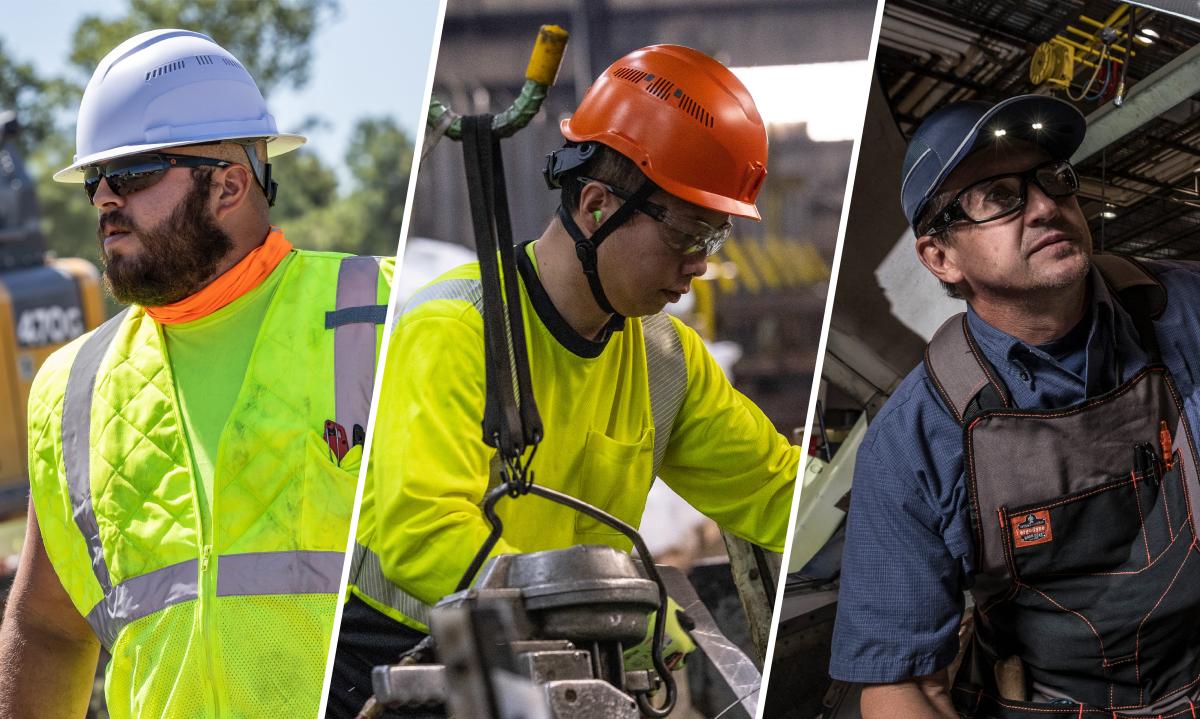
A quick guide to choosing the right head protection for the job.
It’s easy to think of head injuries as catastrophic, and they certainly can be. It’s also easy to think of hard hats as THE head injury prevention solution, and they certainly DO provide essential protection.
But before donning that hard hat let’s dig a little deeper...
According to the Bureau of Labor Statistics, injuries to the head account for roughly 40,000 injuries resulting in at least one day away from work every year in the private sector. Of those, a mere 6% occur in construction, where hard hats are most likely being worn.
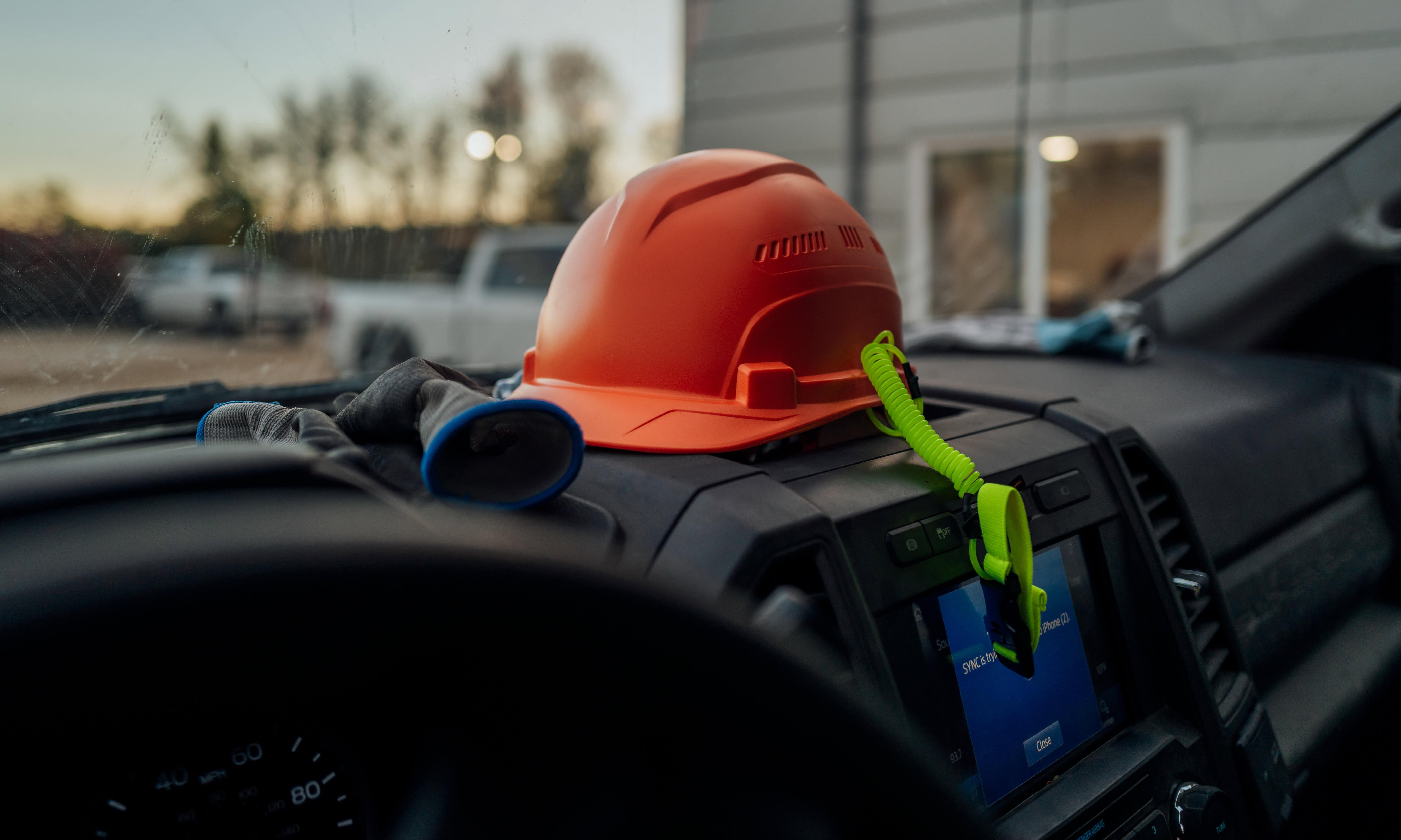
Meanwhile, production workers account for 12.9% of head injuries. Transportation and material moving make up 20.6%, service workers another 22.1% and installation maintenance and repair workers another 8.9%, all according to the National Safety Council.
Does that mean they should all be wearing hard hats? Likely not.
OBJECT-GENERATED IMPACT VS. WORKER-GENERATED IMPACT
Hard hats are designed to protect from “object-generated impact”, which involves an object falling onto the worker, or a worker could be hit by a flying object. Hard hats are most commonly worn on construction and utility jobsites, and are usually the first thing that come to mind when you think of personal protective equipment at a jobsite.
This is in contrast to “worker-generated impact”, where the worker initiates the contact. The injury might not be catastrophic but could still get ugly and expensive.
And where are these injuries from worker-generated impacts likely to occur? Industries like manufacturing, warehousing, transportation and other services where workers often find themselves maneuvering in tight spaces. Thankfully, these folks have alternative head protection options to combat nasty dings to the dome.
THE BUMP CAP
Typically built around a padded, impact-resistant plastic shell, the bump cap is less obtrusive than a hard hat, looks like a basic ball cap, and is designed to provide comfortable, lightweight protection against worker-generated impact.
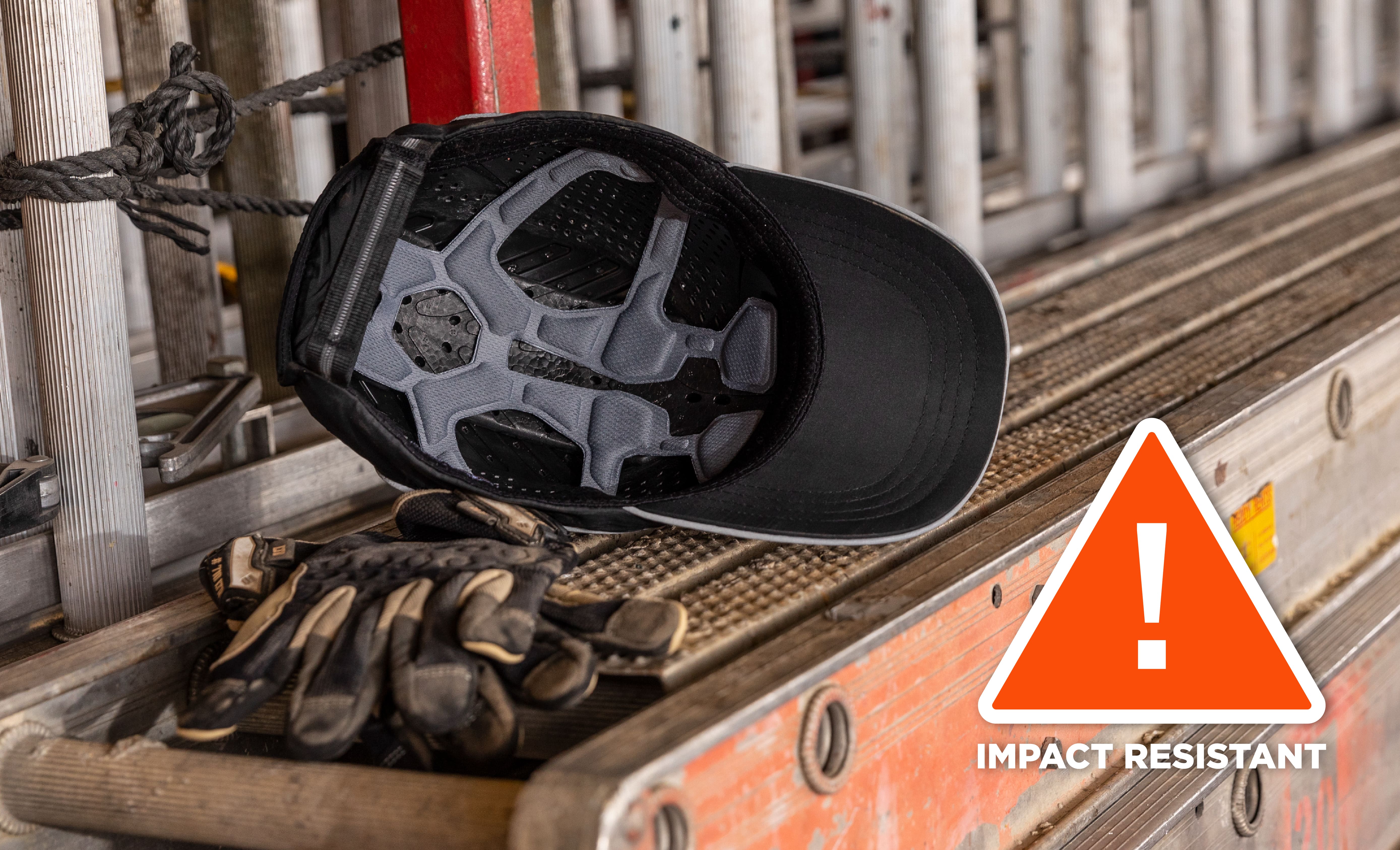
WHO SHOULD WEAR A BUMP CAP?
Basically, anybody working in tight, confined spaces where hard hats are not required. While hard hats are ideal for working in open construction situations where falling debris and/or tools are a common hazard, they can become annoying hindrances to those working in tight quarters, such as crawl spaces or under sinks. In those conditions where you’re navigating beneath overhead plumbing, low ceilings and hanging hazards, you’re more likely to bump your head than get struck by a falling brick. While worker-generated impacts may seem less severe than object-generated impacts, they can lead to some gruesome gashes, concussions and as mentioned above, no small medical expense.
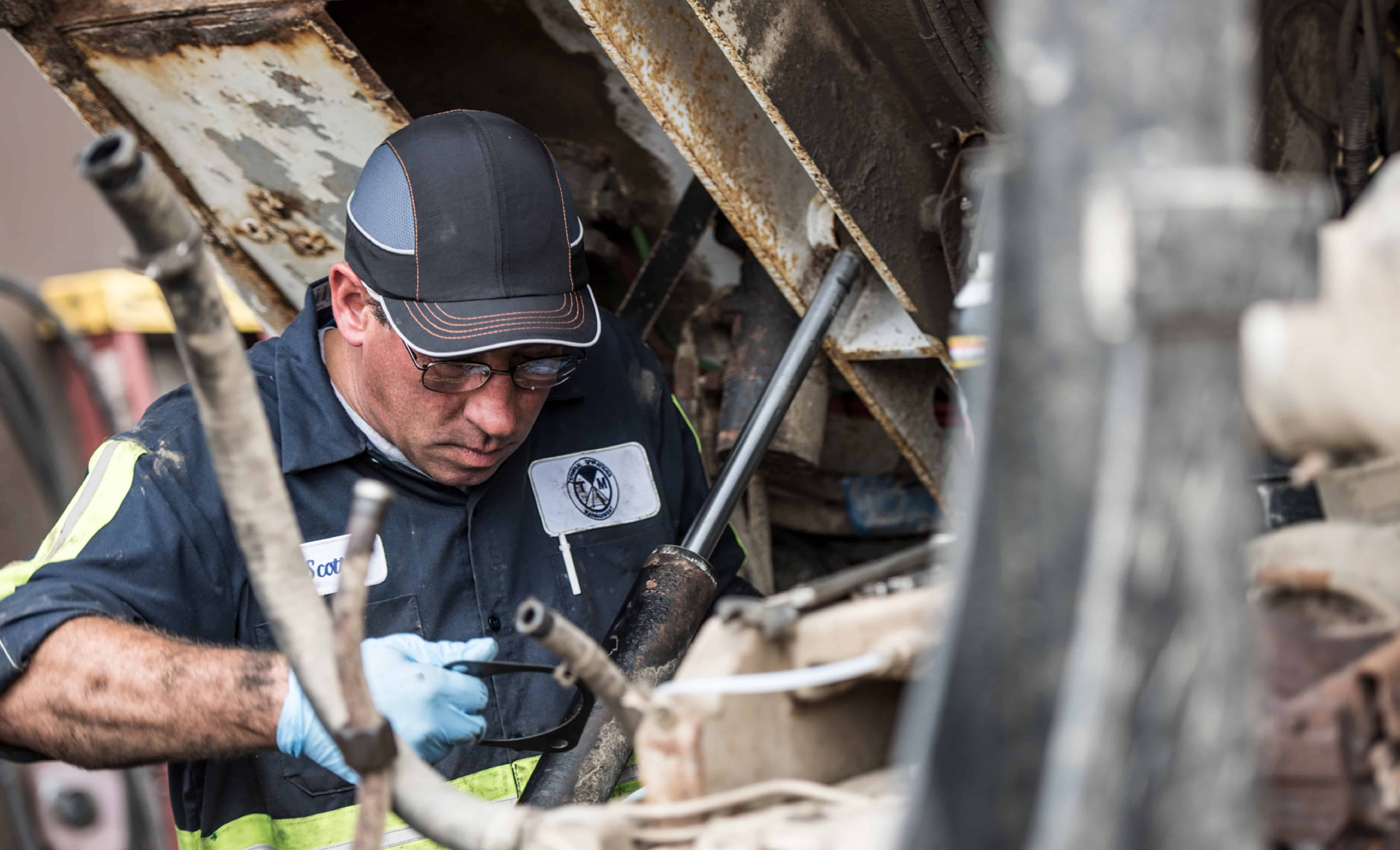
BUMP CAP APPLICATIONS INCLUDE:
- Mechanics
- Airline workers
- In-home service employees
- Manufacturing & Assembly
- Food Processing
WHAT TO LOOK FOR IN A BUMP CAP:
- Impact and puncture resistance
- Strategic venting to avoid overheating
- Lightweight shell with padded foam for comfort
- Brim length options; “micro” brims have become increasingly popular
- Hands-free LED lighting offers a “bump” in utility
Because bump caps are tested to a different standard than hard hats, they should never be used where hard hats are required. For over a decade, EN 812 stood alone as the sole bump cap standard—but the U.S. has finally joined the conversation with the launch of ANSI/ISEA 100-2024.
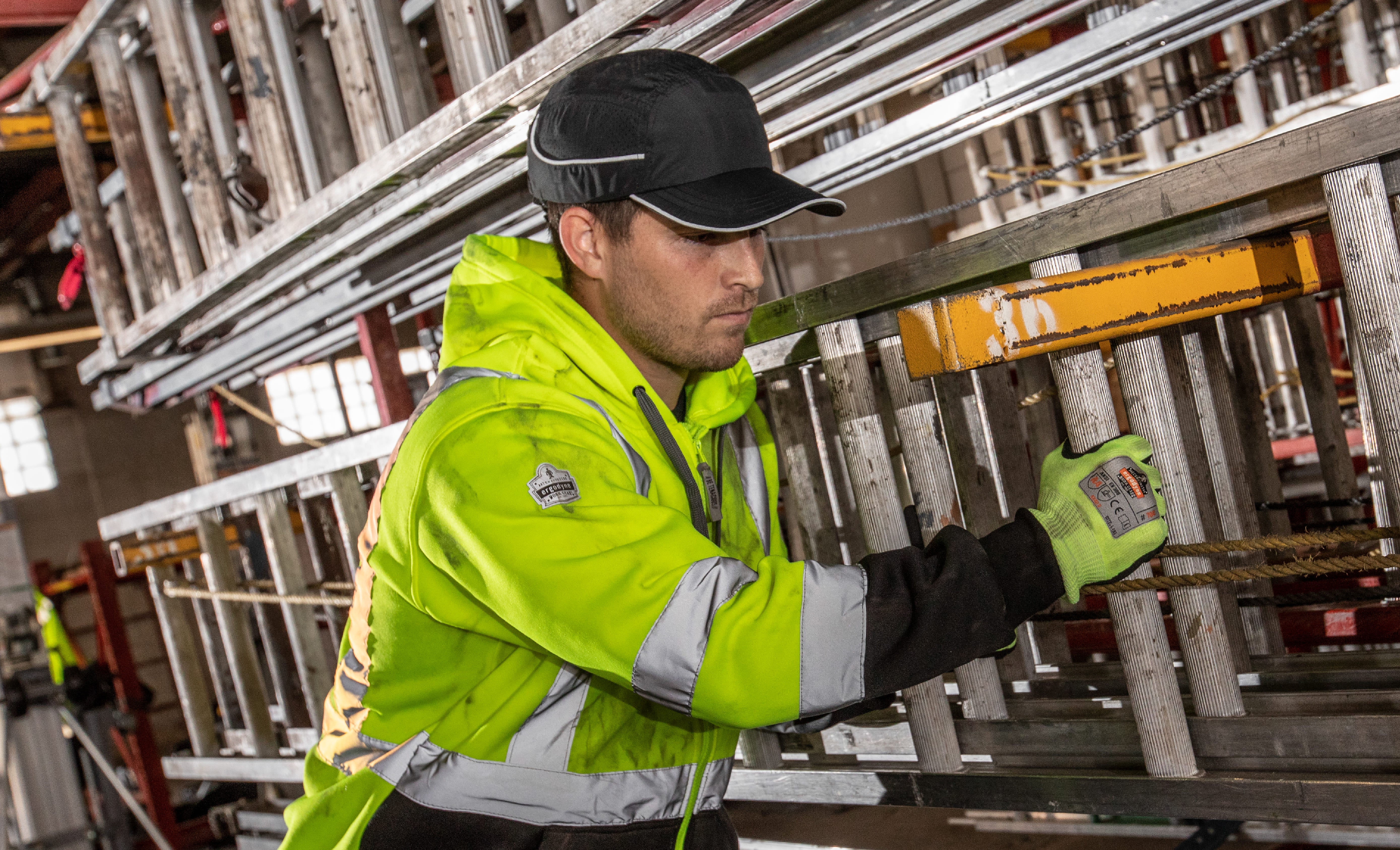
THE BUMP CAP STANDARD
ANSI/ISEA 100-2024 represents the first U.S.-specific benchmark for bump caps. Until now, manufacturers relied on the European EN 812: 2012 standard, which had limitations, particularly regarding universal bump cap inserts. The new standard, approved just last year, includes the following regulations and information:
- Impact and Penetration Resistance: Clear performance requirements ensure bump caps can handle everyday hazards, such as bumps against stationary objects.
- Comfort and Fit: The standard emphasizes features like size adjustability and secure fit, encouraging workers to wear bump caps consistently.
- Design Flexibility: The standard accommodates various styles, including cap-style bump caps and universal inserts that can fit into baseball caps or other headwear.
While not enforceable by OSHA, this voluntary consensus standard provides a comprehensive guideline for manufacturers and safety professionals for practical protection against head injuries in applications where hard hats are not required.
UNIVERSAL BUMP CAP INSERTS
As the term implies, bump cap inserts can be placed inside any regular baseball cap, essentially turning your favorite hat into head protection. Many times, workers (like cable/dish technicians, for example) are already wearing hats – either their own or as part of a uniform. Inserts are a low-cost, unobtrusive way to offer a level of protection against the bumps, scrapes and bruises they’re guaranteed to initiate themselves from time to time. We also offer kitted versions, which come with both the hat and the insert.
Just like traditional safety bump caps, there’s a wide variance in fit, comfort and performance, so take the time to compare your options. Ideally, the insert is designed with a lightweight, breathable, flexible shell and a customizable trim feature to accommodate all styles of caps—low or high-profile—so that it’s truly universal.
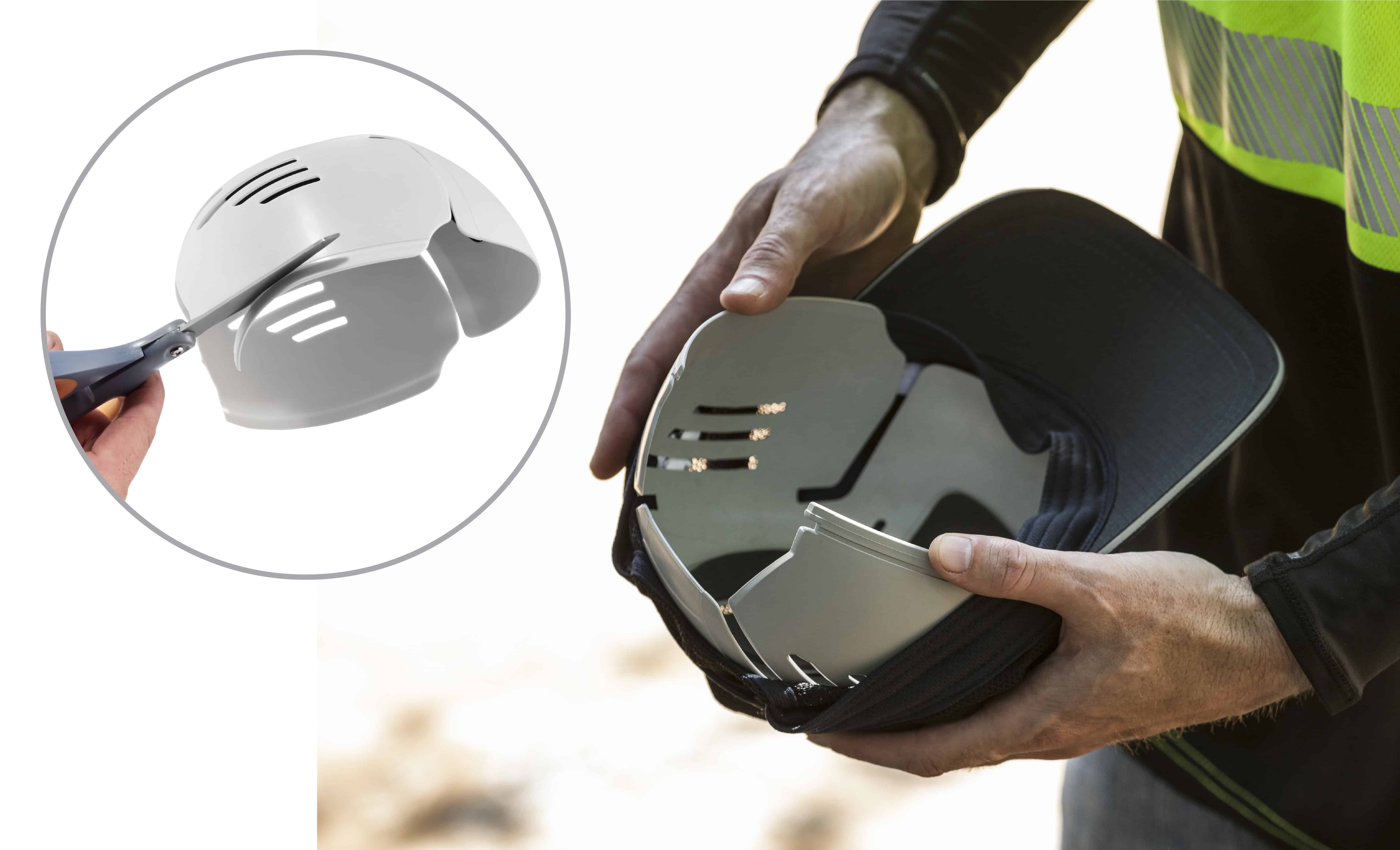
THE HARD HAT
A typical hard hat consists of a metal or plastic shell, with a protective suspension system inside to help the helmet spread out the force of impact over the top of the head. The suspension also provides space between the hard hat and the worker’s head so that if something does fall on the hard hat, the impact is less likely to be transmitted to the skull.
WHO SHOULD WEAR A HARD HAT?
Anyone working in an environment where they could possibly sustain an injury to their head should wear a hard hat. These “object-generated impact” injuries could be from a falling brick or tool, or from a flying piece of debris, from hitting your head on a beam for example, or from working near an electrical hazard. OSHA requires hard hats for “employees working in areas where there is a possible danger of head injury from impact, or from falling or flying objects, or from electrical shock and burns, shall be protected by protective helmets.”
HARD HAT APPLICATIONS INCLUDE:
- Construction and utility job sites
- Oil and gas
- Road work
- Forestry
- Mining
- General site work
- At-heights work
WHAT TO LOOK FOR IN A HARD HAT?
Hard hats come in a number of shapes/styles, colors and classes. When choosing a hard hat, it comes down to the work you’ll be doing and the environment you’ll be in as well as personal preference. OSHA hard hat standards state that hard hats should resist penetration by objects, absorb the shock from a blow to a head by an object, be slow to burn, and be water resistant. Hard hats that are considered to be OSHA approved meet the minimum criteria established by ANSI and ISEA.
There are two types of hard hats: Type 1 and Type 2. Type 1 are designed to shield workers from objects and blows that come from above and pummel the top of the hard hat. Type 2 are designed to protect against lateral blows and impacts, as well as impacts that land on the top of the head. There are also three classes of hard hats: Class E (Electrical), Class G (General) and Class C (Conductive).
- Class E are designed to reduce exposure to high-voltage conductors and offer protection up to 20,000 volts.
- Class G are general hard hats made to lessen exposure to low-voltage conductors and offer protection up to 2,200 volts.
- Class C are not designed to provide protection against electrical conductors. They only protect workers from blows to the head.
When it comes to personal preference, it’s safe to say you have options. Lots of them.
FULL-BRIM vs. CAP-STYLE
Hard hats typically come in two styles, either baseball-cap style or full brim (although we have seen a few cowboy-style hard hats pop up lately, too). The style is part preference, part functionality. Full brim hard hats have a brim that extends around the entire hard hat to offer shade and deflect rain on all sides.
The protective cap style hard hats have a small bill like a baseball cap to keep sun and rain out of the worker’s eyes, and some can be worn backward (check for the symbol below which designates that a hard hat can be reverse donned) for better upward visibility or for your own personal style.
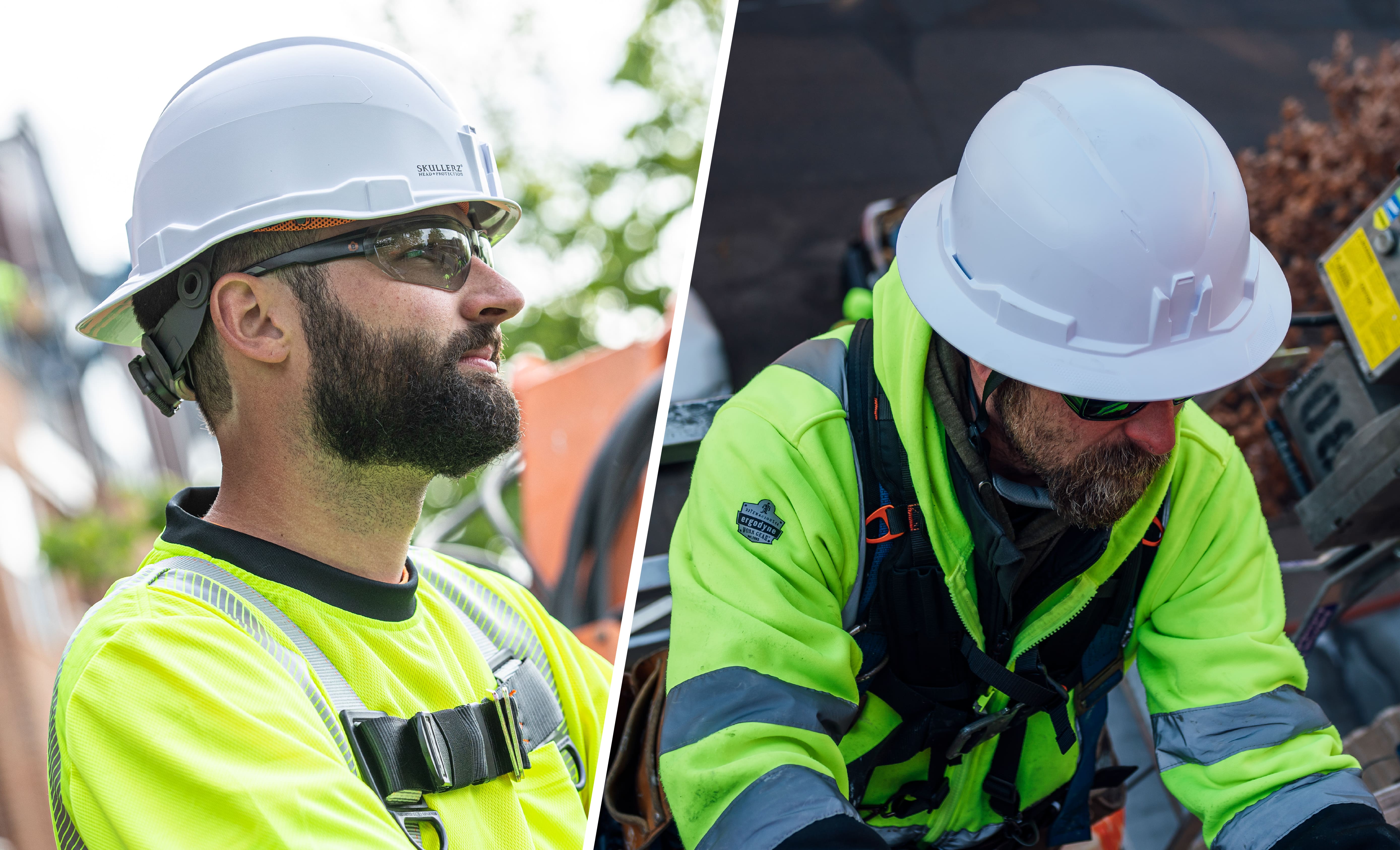
SAFETY HELMETS
Another option for object-generated impact protection is the climber style hard hat, often referred to as a safety helmet. These differ from hard hats in both style and functionality—the compact helmet design increases all-over impact protection, as well as upward visibility. Inclusion of a chin strap further ups protection by keeping the helmet secure to the wearer’s head upon impact or sudden movement. This style of head protection is often compatible with eye shields and visors, which can be readily installed for additional eye and face coverage. The enhanced visibility and security while on the move makes safety helmets the preferred choice for those working at heights, such as arborists or tower climbers.
Climber Style Hard Hats are also offered as Type 1 and Type 2. Type 1 are designed to shield the front, back, top and sides of the head from falls, dropped objects or bumping into stationary objects. Type 2 offer additional impact protection by including an EPS foam interior halo for all-around impact protection and are designed to shield the front, back, top and sides of the head.
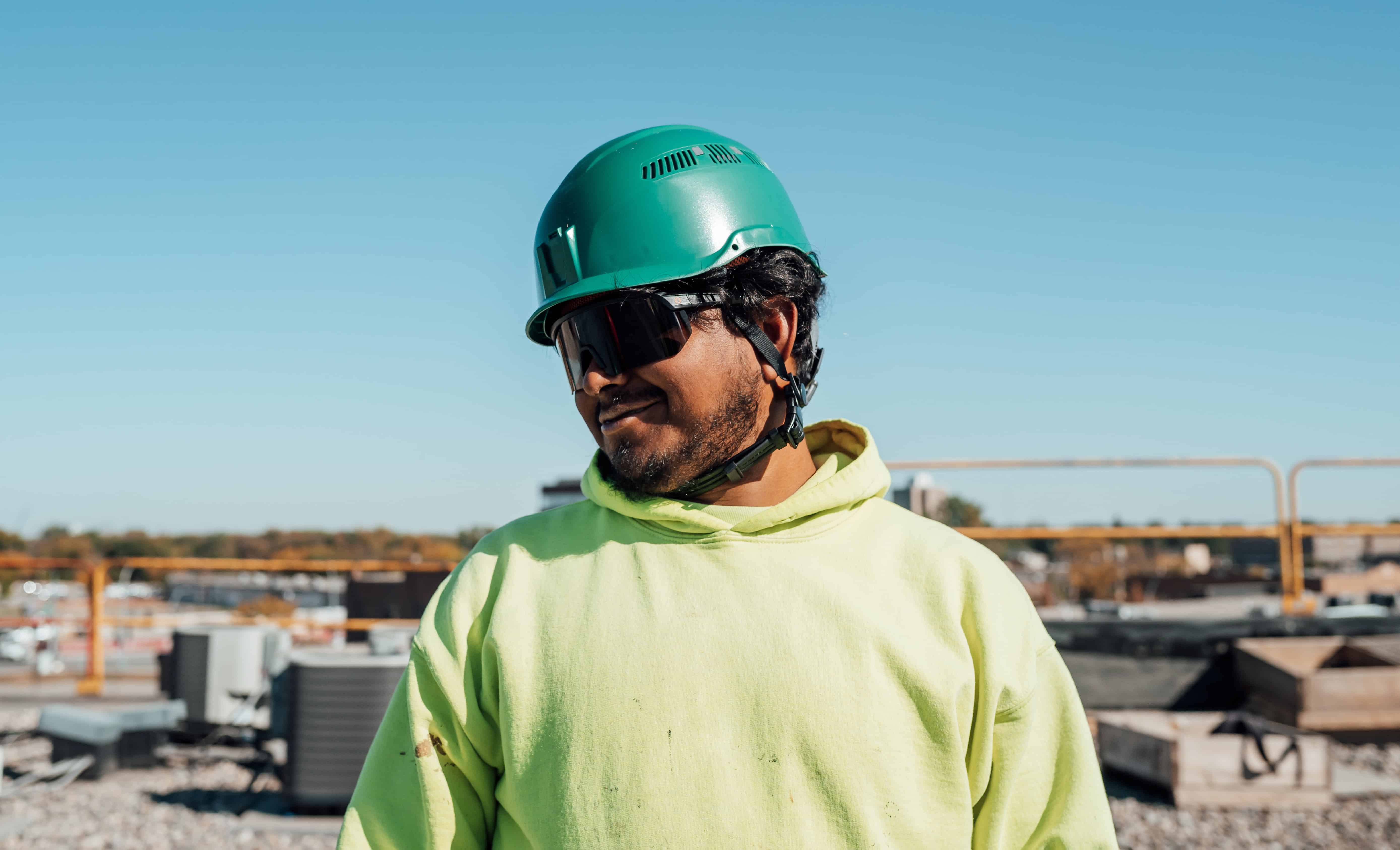
SUSPENSION
Suspension is everything when it comes to hard hats and safety helmets. The suspension inside the hard hat typically elevates the hard hat 1” to 1 ¼” off the top of the head to help better absorb impact before it reaches the head. The suspension is attached to the hard hat itself by either a 4-point, 6-point or 8-points suspension.
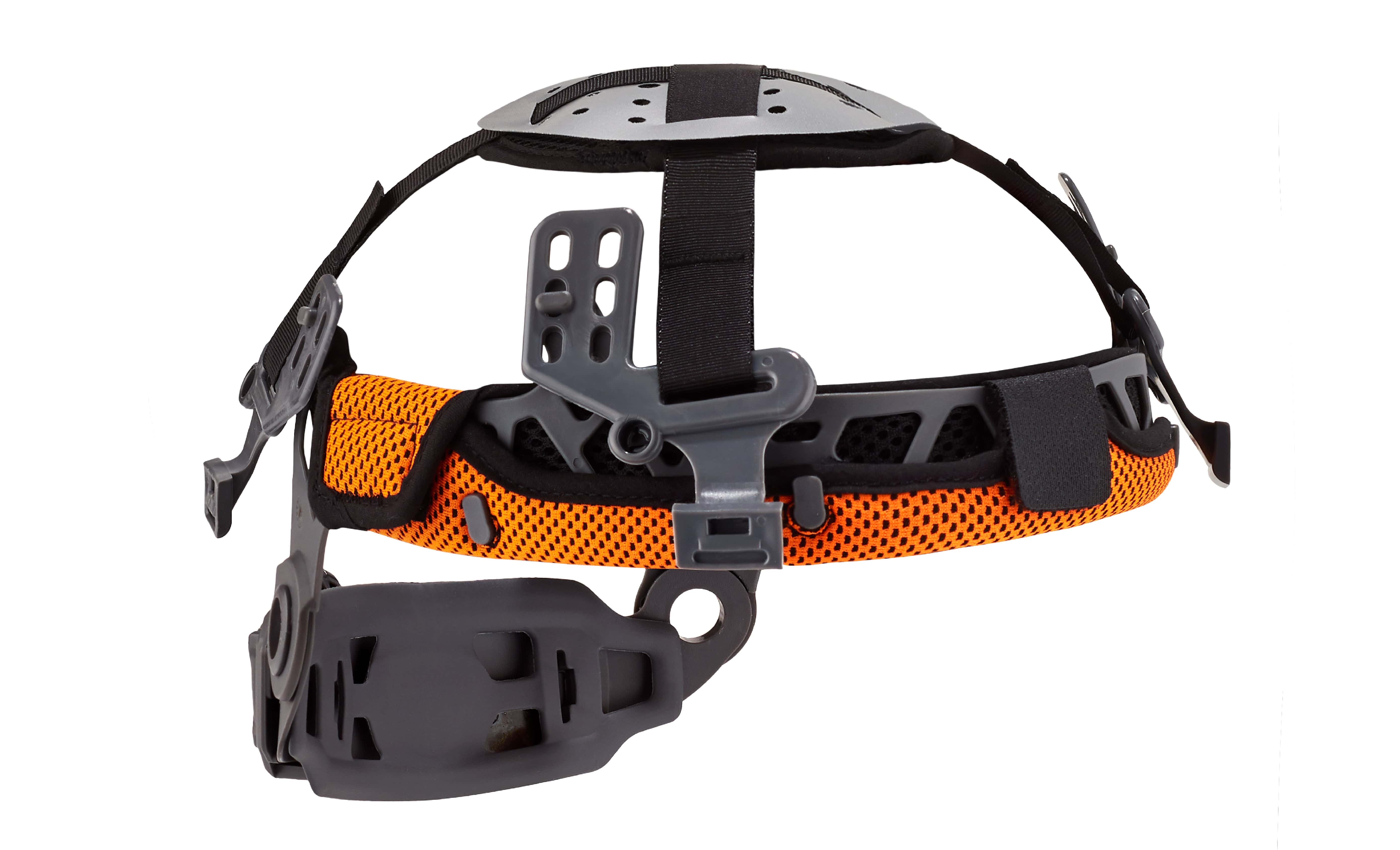
There are also different types of adjustment systems when it comes to suspension - ratchet or pin lock are the most common.
- Pin lock is basically like what is used to adjust a snapback baseball cap - just press one plastic band into another and it locks in place that way. To adjust this style suspension, you’ll need to remove the hard hat to make any corrections
- Ratchet-style system allows you to leave the hard hat on and just twist a knob at the back to tighten or loosen the fit
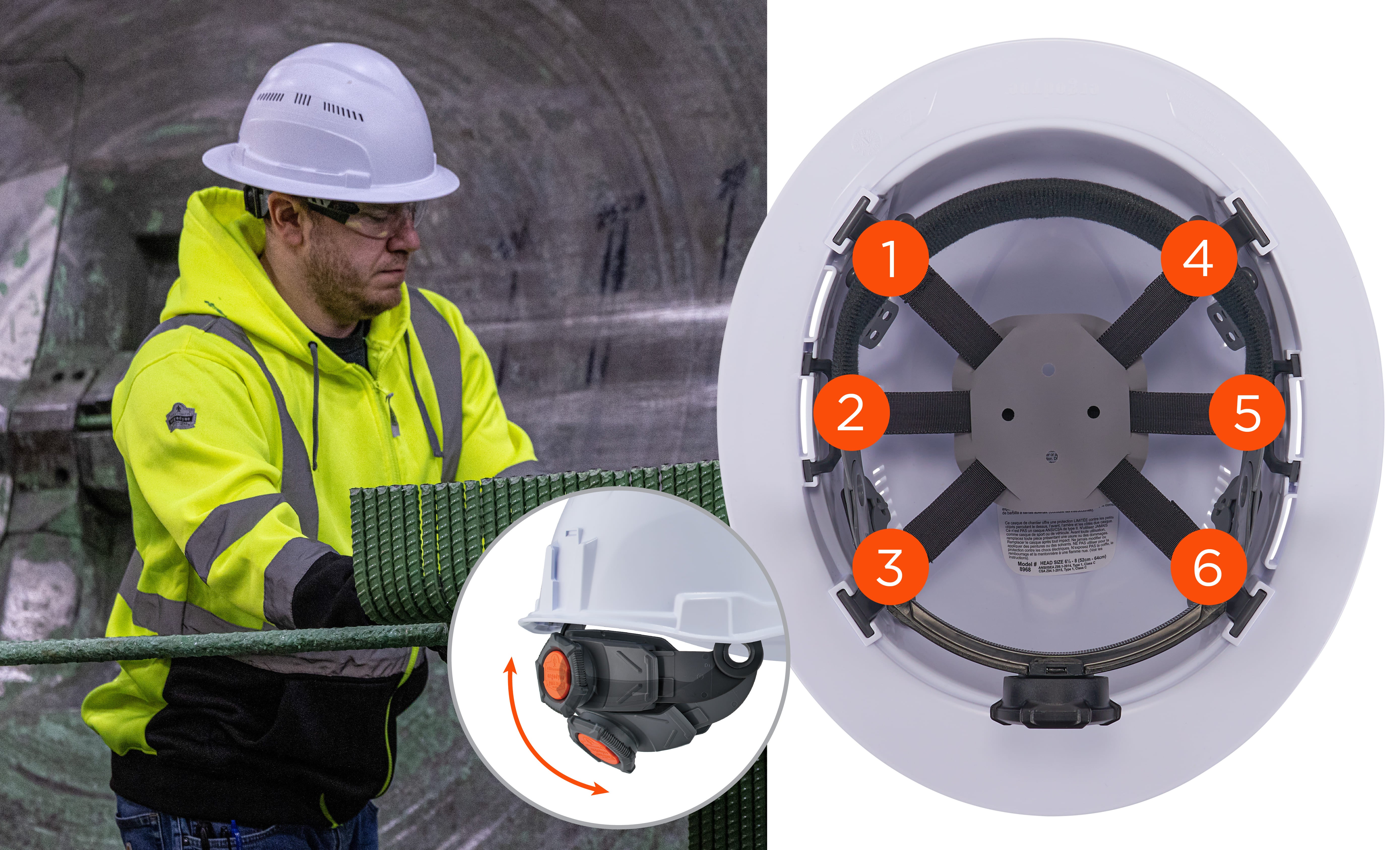
- One-touch suspension can be adjusted by pinching and sliding the suspension while the hard hat is worn
- Swing-ratchet suspensions use a reversible ratchet to self-adjust, and require the hard hat to be removed for adjustment
ACCESSORY SLOTS
There are no shortage of accessories that can be used with hard hats. Most hard hats have slots on the sides in which you can attach accessories like face shields or ear muffs. Some have attachment points on the front and rear for accessories like lights or beacons. Instead of strapping a headlamp to a hard hat, look for one with a slot at front to mount a hard-hat light. This prevents the light from slipping off or falling over.
Face shields come in a variety of shapes, sizes, colors and materials. These can attach into the accessory slots to provide protection against flying debris in demo work, grinding, drilling, forestry and other similar applications. Other face shields can offer added protection against splashes, splatter and overspray.
Hearing protection on a jobsite is critical and most hard hats don’t easily allow a worker to wear muff-style hearing protection, but choosing a slotted hard hat allows the worker to snap in ear muffs without compromising the safety of the hard hat.
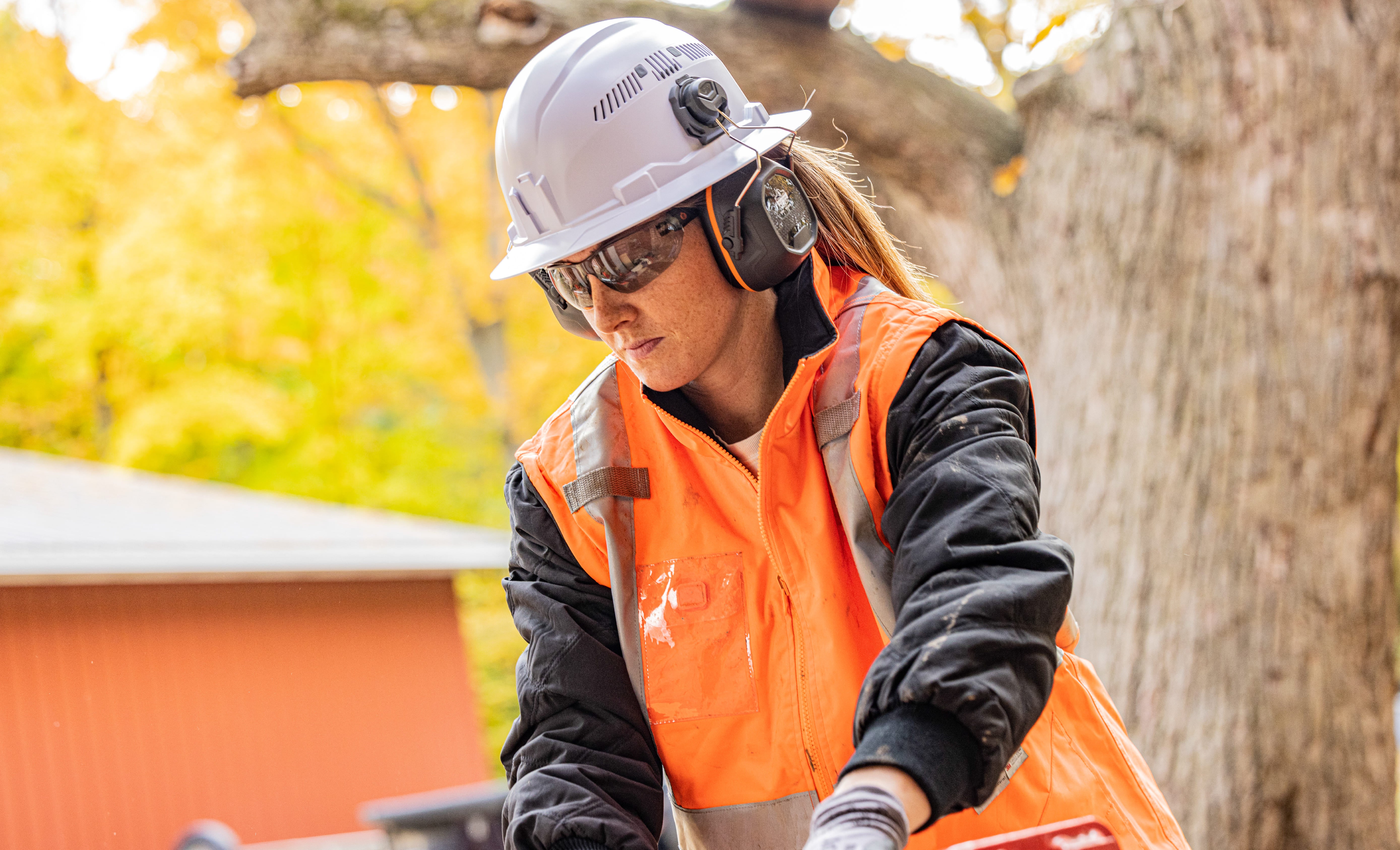
VENTILATION
Some hard hats feature adjustable ventilation ports on the side that you can open or close as needed depending on the conditions. These are great for workers who don’t require a Class E or G protection. These ventilated hard hats give the worker a lot more flexibility when it comes to staying comfortable in any conditions. When worn with the vents completely open, the hard hat allows airflow for a cooler hard hat in the heat. When it rains or turns cold, the vents can be closed to keep out rain or keep the heat in for a warmer hard hat.
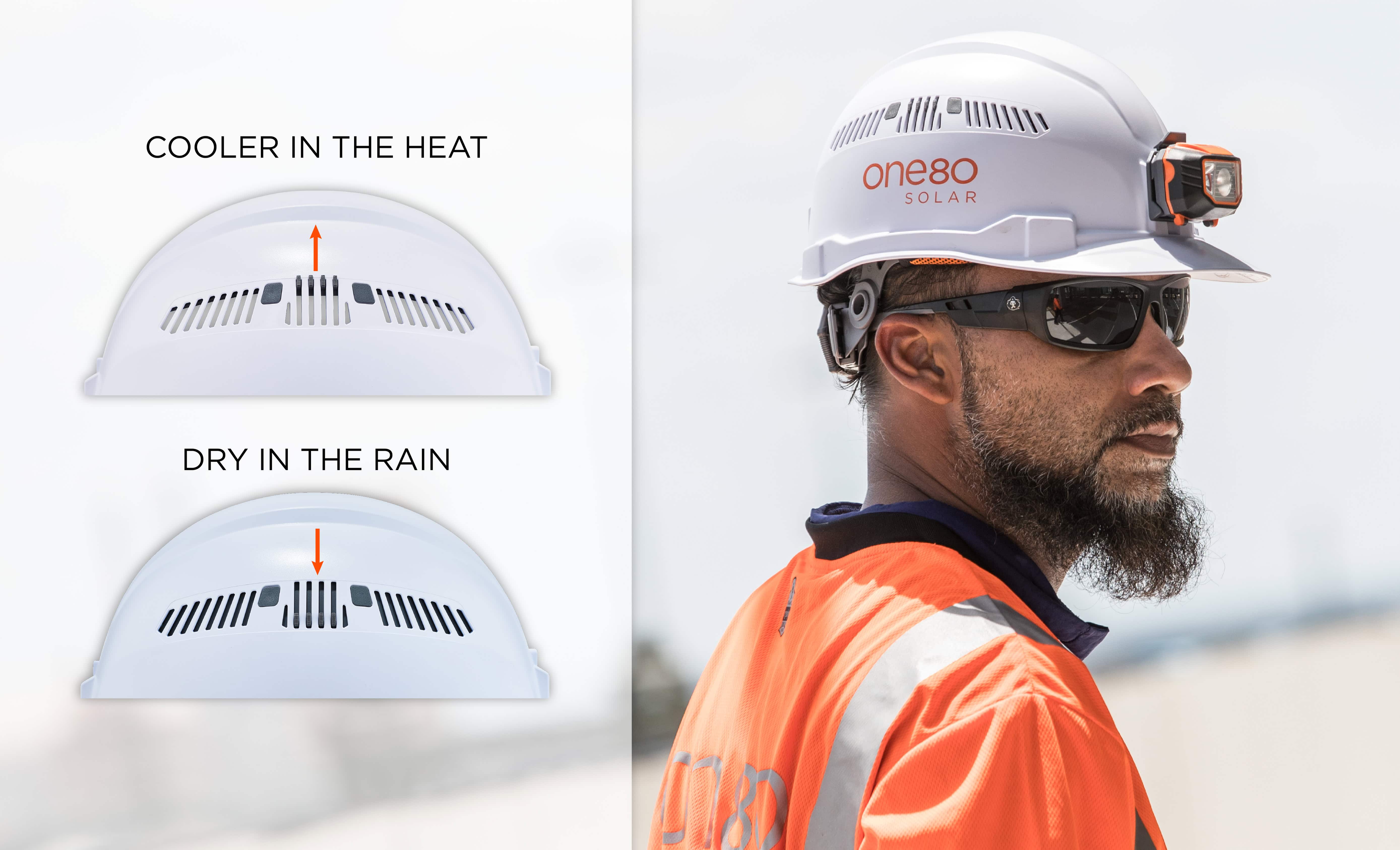
HEADLAMPS
As we mentioned above, adding a headlamp to a hard hat can be a struggle when trying to get them to stay securely. The ones with elastic straps will work but workers run the risk of having that slip off. Adding a headlamp, whether built-in or attached via an accessory slot allows the worker to have bright light where they need it, without worrying about cords or lights not being in the right place.
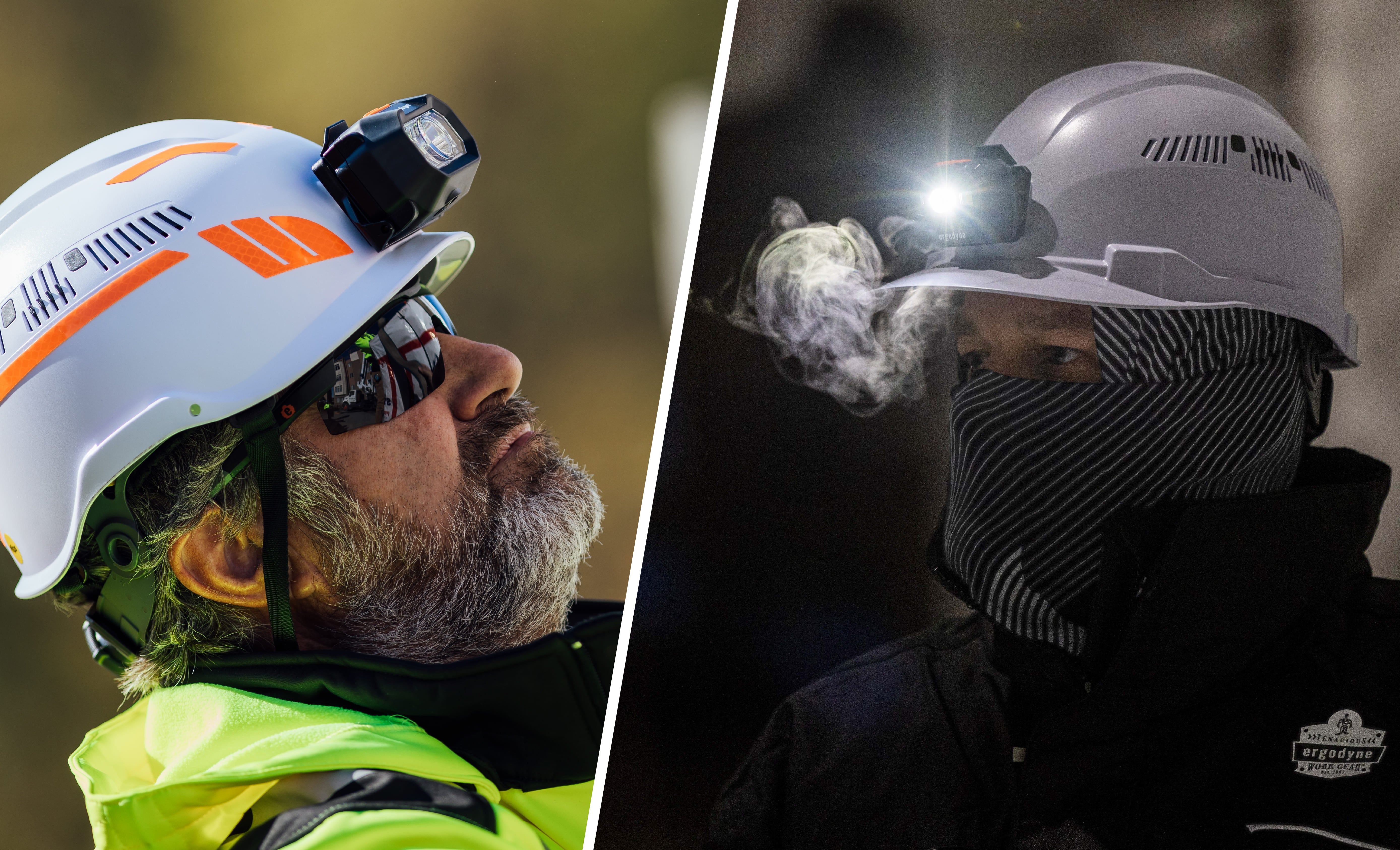
ACCESSORIZE FOR THE WEATHER
Mother Nature is unpredictable, and the work doesn’t always stop when the weather turns nasty. With hard hats being mandatory (and just plain smart) on many job sites, it’s important to make them as comfortable as possible. Luckily, there are a lot of options on the market now to make hard hats more comfortable when dealing with the elements.
- Shades can be full-brim shades or just neck shades, but both options keep the sun (or rain) off the worker’s face and neck
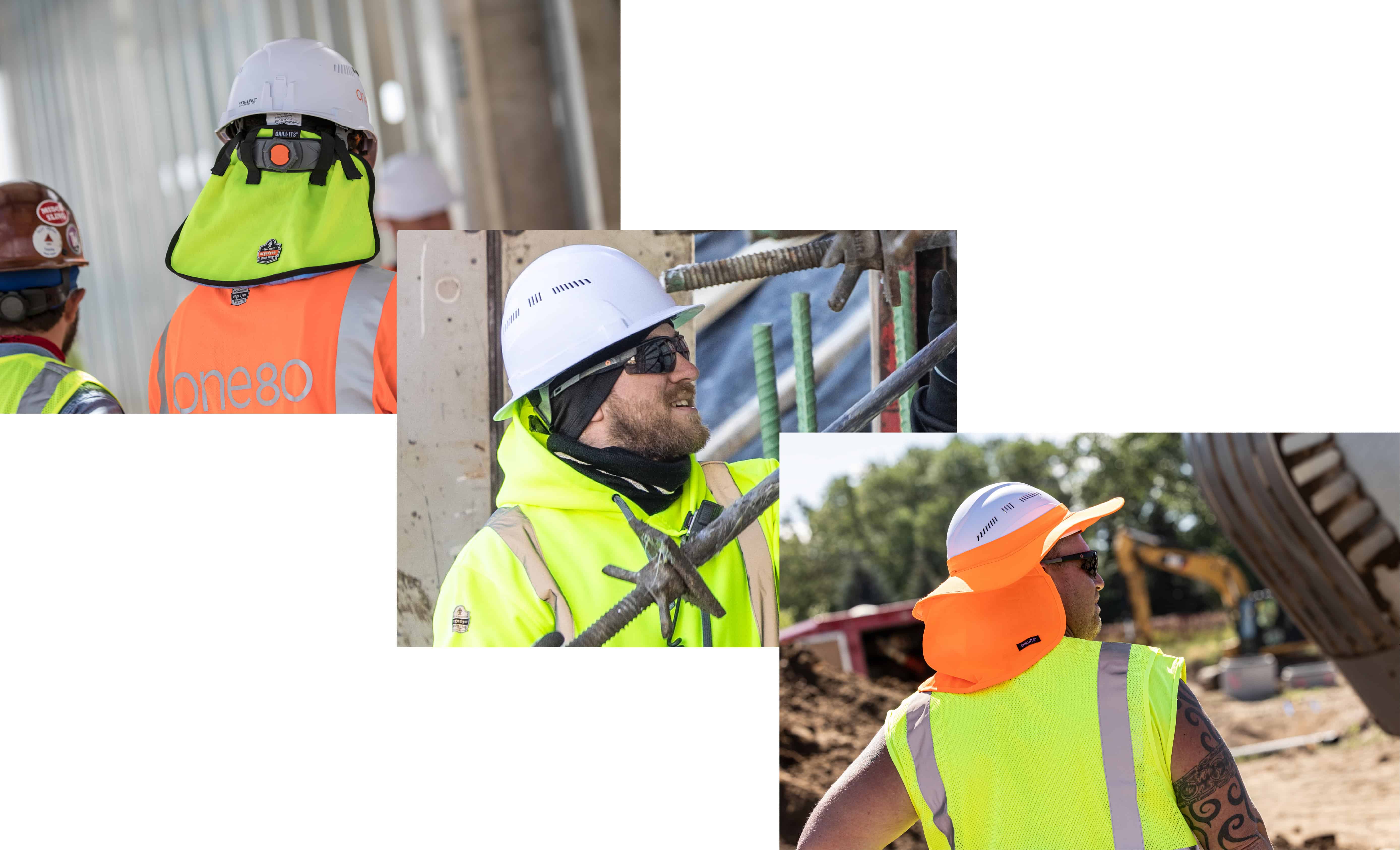
- Sweat-wicking pads and sweatbands can attach to the suspension in the hard hat to absorb and wick sweat away. Some are even made of evaporative cooling material that keeps the worker cooler by just adding a little water
- Hard hat liners are usually made of a warm microfleece or a wind-stopping material and can be worn under a hard hat to keep workers warm in the cold
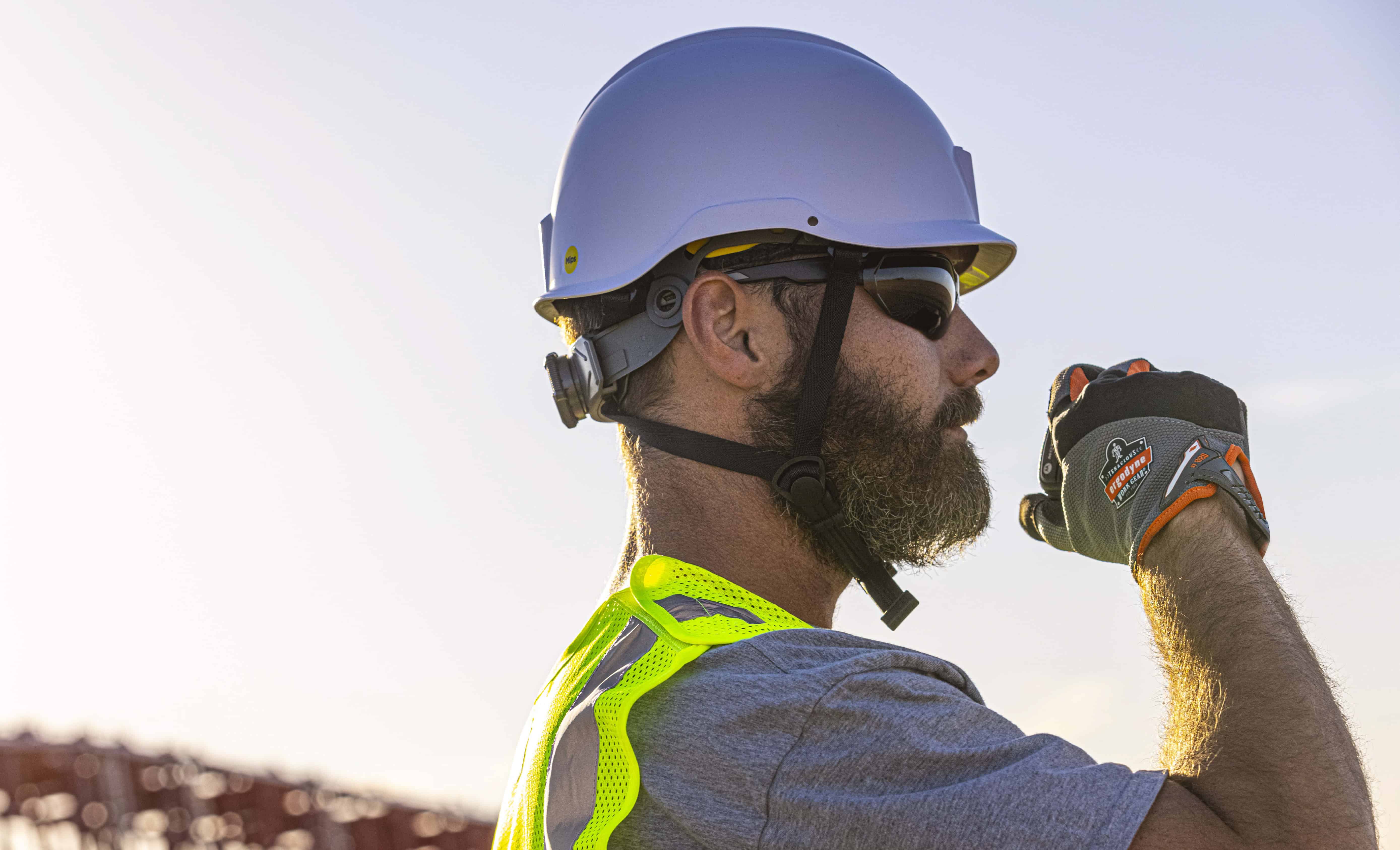
USE YOUR HEAD
Ultimately, the decision to opt for a hard hat or bump cap comes down to the nature of each individual working environment and assessing the overall risk of head injury can be unique to every situation. The most up-to-date Bureau of Labor Statistics data determined that head and neck injuries account for the third most common work-related emergency room visits and can often have the potential to be the most life-threatening of injuries. Combine that with the fact head injuries can be the most debilitating and costly workplace injuries—both in terms of actual care and rehabilitation costs and compensation—and the scope and necessity of proper head protection becomes abundantly clear.

